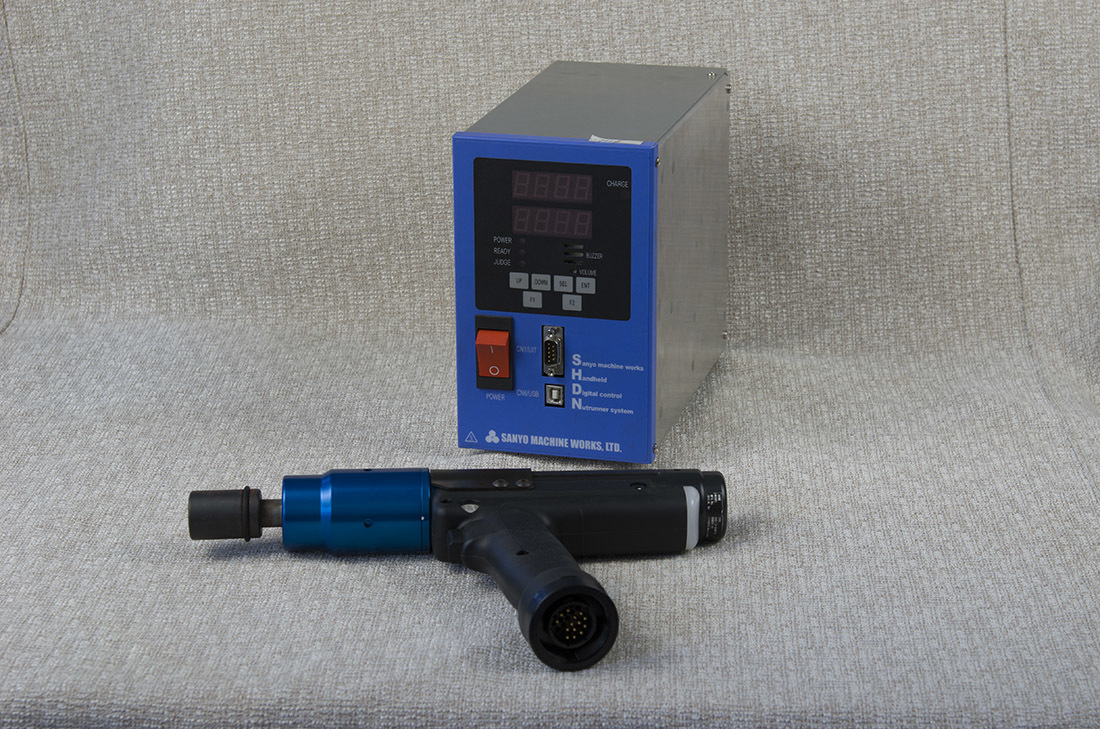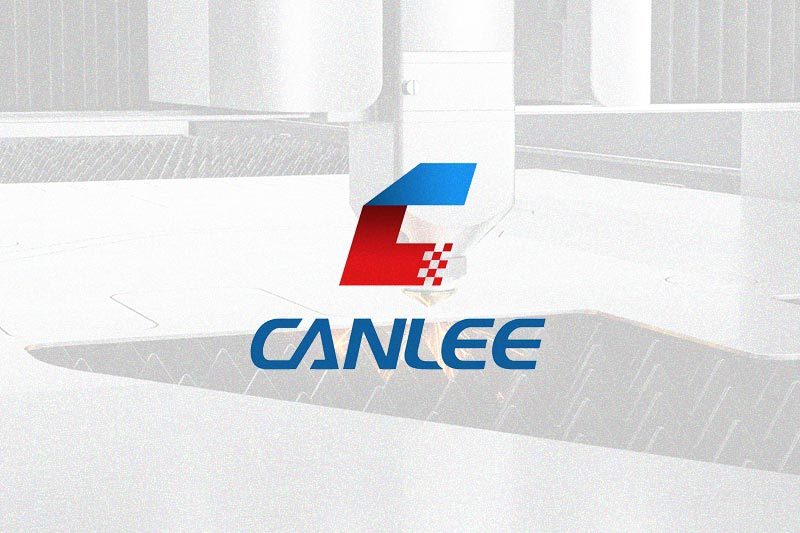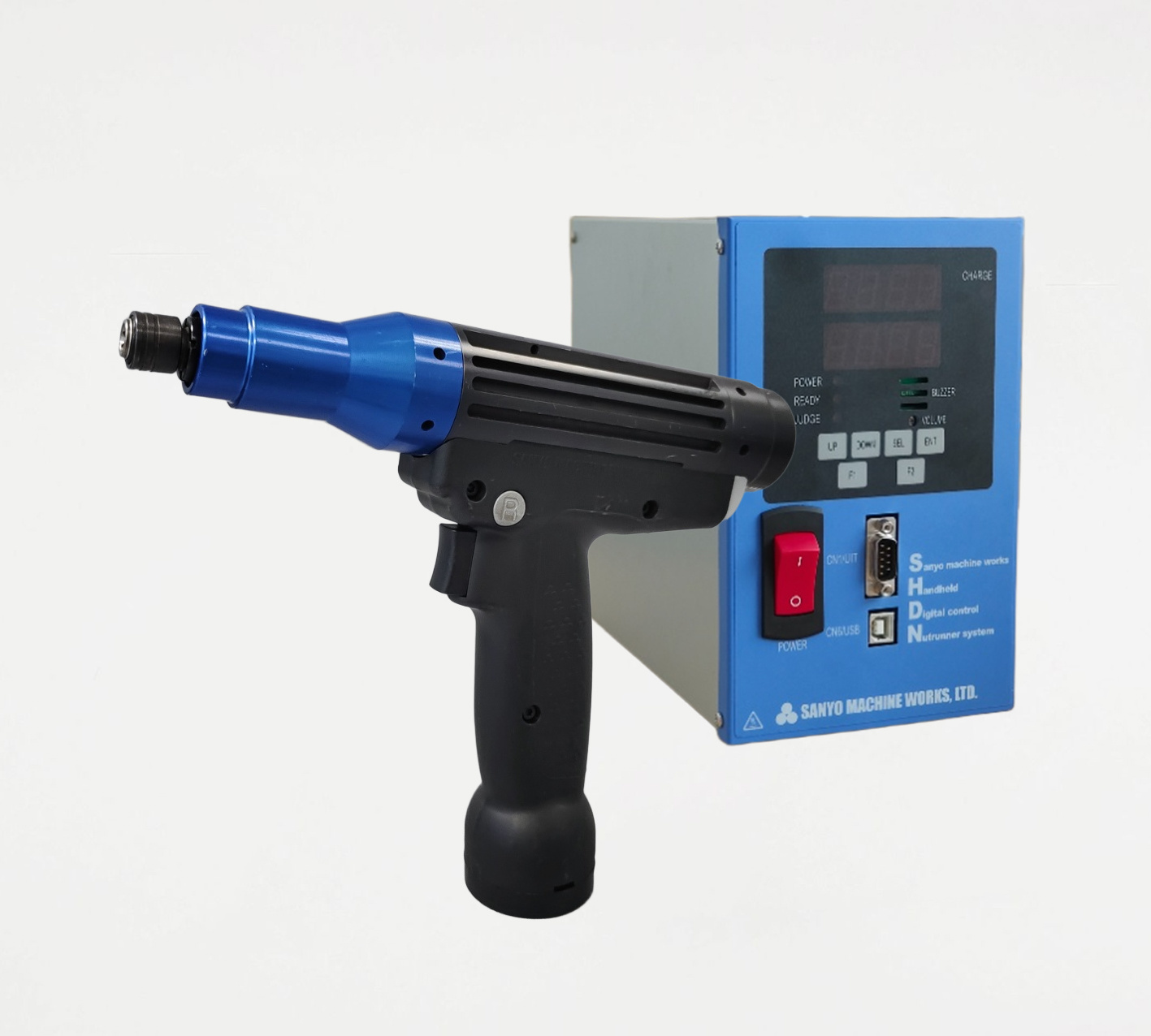Personalized design: Meet the diverse needs of customers

# Personalized Design: Meeting Diverse Customer Needs
In the modern market, personalized design is increasingly becoming an important factor in corporate competition. Consumers are no longer satisfied with uniform products; they desire unique items that reflect their individuality and needs. In this process, products like "SANYO Handheld Tightening" meet this demand with their superior design and functionality.
## The Importance of Personalized Design
Imagine walking into a furniture store and seeing nothing but identical sofas. How would you feel? Boring! Today's consumers place greater emphasis on individuality; they want products that not only meet functional needs but also reflect their lifestyle and aesthetic tastes. The emergence of personalized design is precisely to meet this diverse demand.
Personalized design is not limited to appearance; it also includes aspects such as product functionality, materials, and user experience. Taking "SANYO Handheld Tightening" as an example, the design of this tool fully considers the actual needs of users, whether they are DIY enthusiasts or professional craftsmen, allowing them to find a suitable way to use it.
## Diverse Customer Needs
So, what exactly are the diverse needs of customers? First, we can analyze from a functional perspective. Different customer groups may have completely different needs for the same product. For instance, with "SANYO Handheld Tightening," some users may require high torque tightening capabilities for heavy materials, while others may prioritize the tool's portability and lightweight.
Moreover, aesthetic differences are also a significant factor. Imagine a customer who values modern minimalist style versus one who prefers vintage style; the design requirements for the same product can vary greatly! Therefore, the flexibility of personalized design in aspects such as product appearance, color matching, and materials allows companies to better meet these diverse needs.
## Design and User Experience
Personalized design is not just about making products look unique; more importantly, it needs to enhance the overall user experience. Taking "SANYO Handheld Tightening" as an example, the design team conducted extensive user research during the development process to understand users' real feedback when using the tool. Through this data, designers can optimize the shape of the handle, the position of the switch, and the ease of use, allowing every user to feel comfortable and convenient while using it.
Think about it: when you hold a tool designed with ergonomics in mind, how important is that natural feeling? If your tool is inconvenient to use, it may even cause hand fatigue; would you still want to use it for a long time? Therefore, personalized design must be centered around user experience to truly win customers' favor.
## Innovation and Sustainability
Personalized design also brings innovation opportunities for companies. In the pursuit of personalization, companies often need to explore new materials, processes, and technologies. For example, when designing "SANYO Handheld Tightening," consideration may be given to using environmentally friendly materials, meeting personalized needs while aligning with sustainable development trends.
This is not only a responsibility to consumers but also to the environment. In today's society, more and more consumers are beginning to pay attention to the environmental friendliness of products; they are more inclined to purchase products that embody sustainable concepts. Therefore, combining personalized design with environmental protection undoubtedly creates greater market competitiveness for companies.
## Conclusion
In summary, personalized design is not only an effective way to meet diverse customer needs but also an important driving force for corporate innovation and development. By deeply analyzing customer needs and combining product design with user experience, companies can create innovative products that better meet market demands, such as tools like "SANYO Handheld Tightening." In this era of personalization, those who can capture the hearts of customers will stand out in the competition.
In the modern market, personalized design is increasingly becoming an important factor in corporate competition. Consumers are no longer satisfied with uniform products; they desire unique items that reflect their individuality and needs. In this process, products like "SANYO Handheld Tightening" meet this demand with their superior design and functionality.
## The Importance of Personalized Design
Imagine walking into a furniture store and seeing nothing but identical sofas. How would you feel? Boring! Today's consumers place greater emphasis on individuality; they want products that not only meet functional needs but also reflect their lifestyle and aesthetic tastes. The emergence of personalized design is precisely to meet this diverse demand.
Personalized design is not limited to appearance; it also includes aspects such as product functionality, materials, and user experience. Taking "SANYO Handheld Tightening" as an example, the design of this tool fully considers the actual needs of users, whether they are DIY enthusiasts or professional craftsmen, allowing them to find a suitable way to use it.
## Diverse Customer Needs
So, what exactly are the diverse needs of customers? First, we can analyze from a functional perspective. Different customer groups may have completely different needs for the same product. For instance, with "SANYO Handheld Tightening," some users may require high torque tightening capabilities for heavy materials, while others may prioritize the tool's portability and lightweight.
Moreover, aesthetic differences are also a significant factor. Imagine a customer who values modern minimalist style versus one who prefers vintage style; the design requirements for the same product can vary greatly! Therefore, the flexibility of personalized design in aspects such as product appearance, color matching, and materials allows companies to better meet these diverse needs.
## Design and User Experience
Personalized design is not just about making products look unique; more importantly, it needs to enhance the overall user experience. Taking "SANYO Handheld Tightening" as an example, the design team conducted extensive user research during the development process to understand users' real feedback when using the tool. Through this data, designers can optimize the shape of the handle, the position of the switch, and the ease of use, allowing every user to feel comfortable and convenient while using it.
Think about it: when you hold a tool designed with ergonomics in mind, how important is that natural feeling? If your tool is inconvenient to use, it may even cause hand fatigue; would you still want to use it for a long time? Therefore, personalized design must be centered around user experience to truly win customers' favor.
## Innovation and Sustainability
Personalized design also brings innovation opportunities for companies. In the pursuit of personalization, companies often need to explore new materials, processes, and technologies. For example, when designing "SANYO Handheld Tightening," consideration may be given to using environmentally friendly materials, meeting personalized needs while aligning with sustainable development trends.
This is not only a responsibility to consumers but also to the environment. In today's society, more and more consumers are beginning to pay attention to the environmental friendliness of products; they are more inclined to purchase products that embody sustainable concepts. Therefore, combining personalized design with environmental protection undoubtedly creates greater market competitiveness for companies.
## Conclusion
In summary, personalized design is not only an effective way to meet diverse customer needs but also an important driving force for corporate innovation and development. By deeply analyzing customer needs and combining product design with user experience, companies can create innovative products that better meet market demands, such as tools like "SANYO Handheld Tightening." In this era of personalization, those who can capture the hearts of customers will stand out in the competition.
recommend News
Hydraulic System Design and Manufacturing Expert: Creating a Stable and Efficient Power System
Hydraulic System Design and Manufacturing Expert: Creating a Stable and Efficient Power System
In modern industry, the role of hydraulic systems is becoming increasingly important. It is not only the power source for machinery but also an important tool for improving production efficiency and reducing operation and maintenance costs. As experts in hydraulic system design and manufacturing, how can we create a stable and efficient power system? This is what we will discuss today.
Basic Principles of Hydraulic Systems
First, let’s briefly understand the basic principles of hydraulic systems. Hydraulic systems mainly utilize the pressure of liquids to transmit energy, compressing the liquid through a hydraulic pump, which then drives hydraulic motors or cylinders to achieve mechanical movement. Imagine it like using a water flow to push a large waterwheel; the force of the water flow is converted into mechanical energy, causing the waterwheel to turn.
Factors to Consider When Designing Hydraulic Systems
When designing hydraulic systems, there are several key factors to consider. The first is the selection of hydraulic components. For example, the quality of components such as hydraulic pumps, cylinders, and valves directly affects the stability of the system. The SANYO handheld tightening tool plays an indispensable role in this process. It not only enhances assembly efficiency but also ensures the firmness of each connection. Secondly, the choice of hydraulic oil is also crucial. Different hydraulic oils have different viscosities.




